NASA has a plan for yearly Artemis moon flights through 2030. The first one could fly in 2021.
The first flight of NASA's Space Launch System (SLS) megarocket and Orion crew capsule — and the first big step in putting astronauts back on the moon — was originally scheduled to launch this year, but the mission is now expected to slip to 2021.
A new document from NASA explaining President Donald Trump's fiscal year 2021 budget request for the agency lists the uncrewed test flight, known as Artemis 1, as scheduled to launch in 2021. Although NASA Administrator Jim Bridenstine and other agency officials have said they expect the mission to be delayed, an updated launch target has not yet been officially announced.
An updated timeline for that mission is currently under review, and NASA expects to present its new plan to Congress about six weeks from now, Doug Loverro, the director of NASA's Human Exploration and Operations Mission Directorate, told reporters at a State of NASA event at the Johnson Space Center in Houston on Monday (Feb. 10).
Related: Lawmakers grill NASA chief on moon-by-2024 budget, schedule
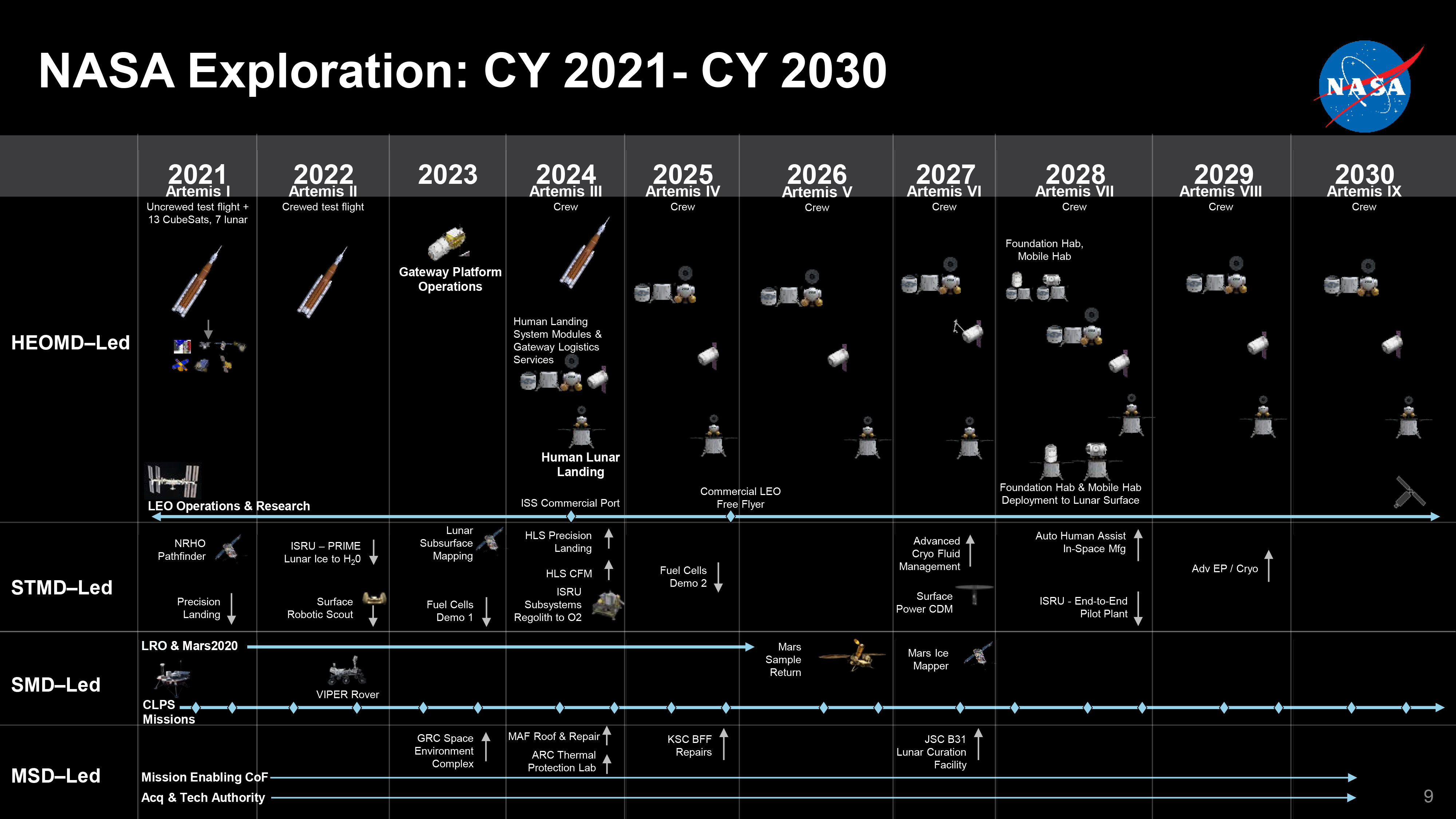
Despite the delays, NASA is still aiming to put "the first woman and the next man on the moon by 2024" with its Artemis program, Bridenstine said during his State of NASA speech at NASA's Stennis Space Center in Mississippi on Monday, repeating a motto that he shares just about every time he has a microphone and an audience.
According to a graphic published in NASA's FY 2021 budget documents, the first crewed flight of SLS and Orion, called Artemis 2, is poised to launch on a lunar flyby mission in 2022, followed by a crewed lunar landing, Artemis 3, in 2024.
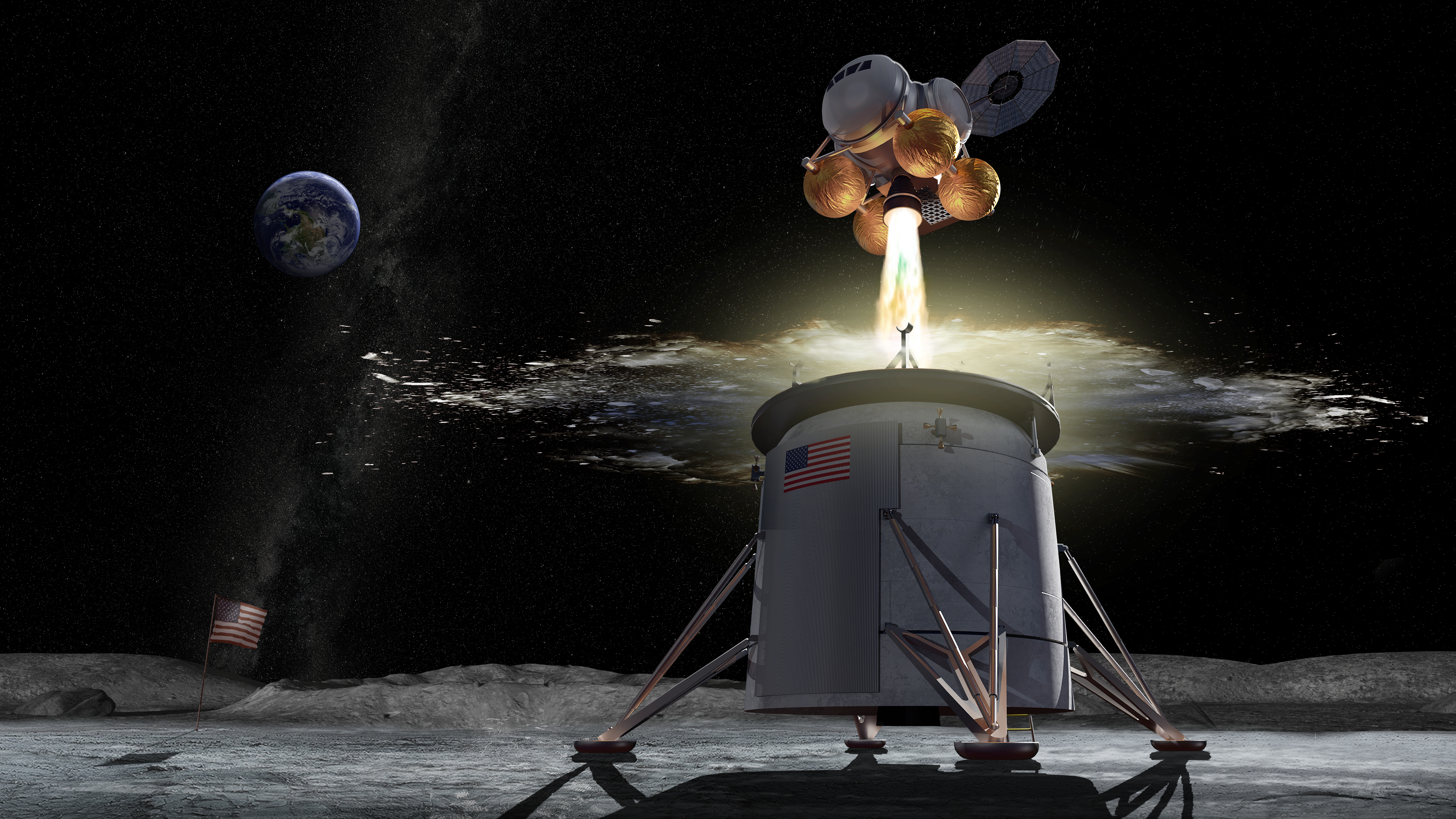
While NASA prepares to put astronauts on the lunar surface, the agency will also be working to launch the various components of its Lunar Gateway, a small space station that will serve as an orbiting outpost near the moon. To reach the lunar surface, astronauts will first dock with the Gateway in their Orion spacecraft before boarding a lander that will ferry them the rest of the way down to the moon.
Get the Space.com Newsletter
Breaking space news, the latest updates on rocket launches, skywatching events and more!
So, the Gateway — or at least a few vital components of it — will need to be assembled in lunar orbit before astronauts can land on the moon. The first piece of the Gateway, its power and propulsion element (PPE), is scheduled to launch in 2022. Then, in 2023, NASA plans to launch the habitation and logistics outpost (HALO) module, which will serve as the crew quarters for astronauts at the Gateway.
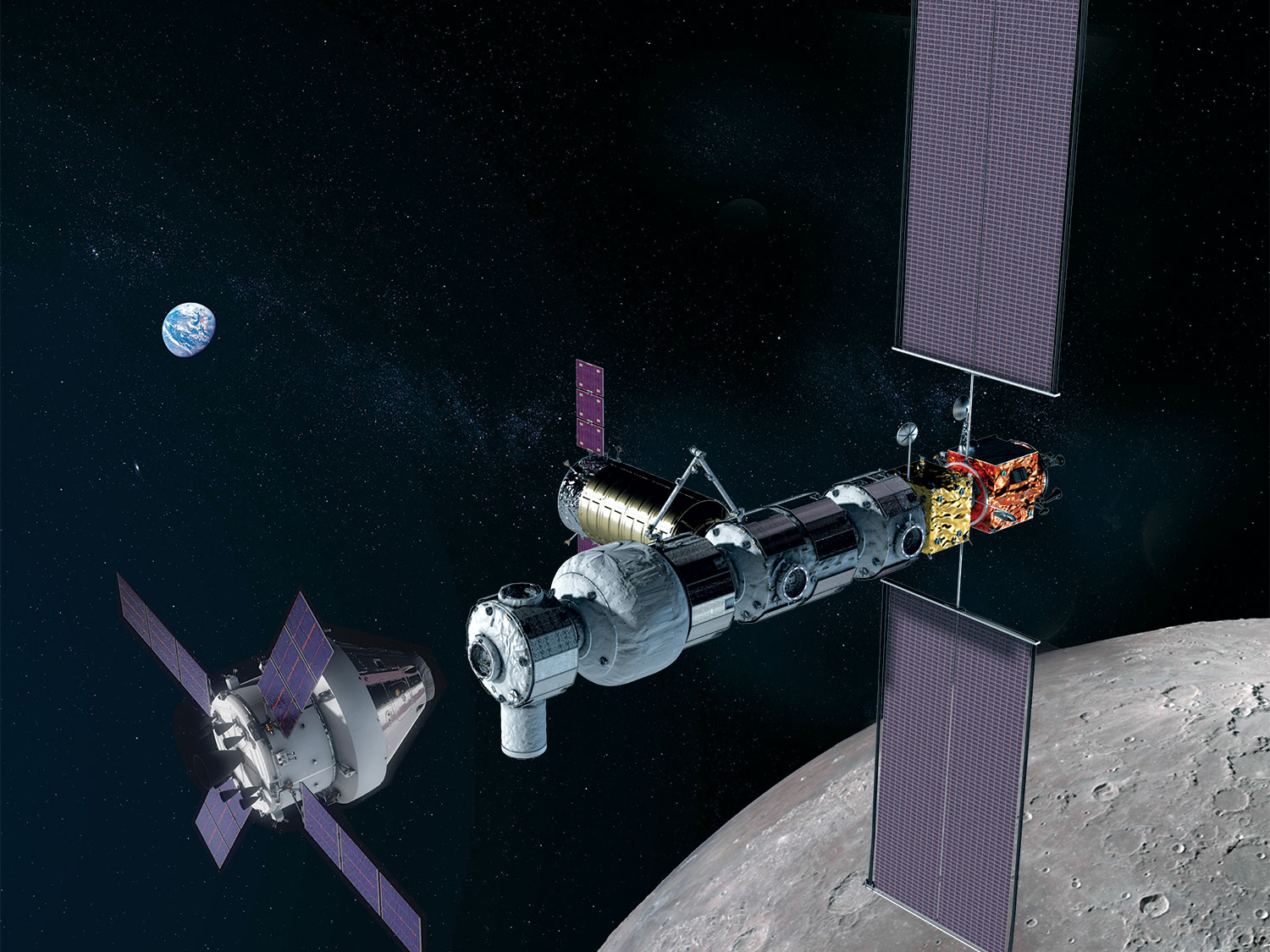
During the last few months before NASA launches Artemis 3, three additional components will join the Gateway via three separate commercial rocket launches. Those launches will transport a transfer vehicle that will ferry landers from the Gateway to a lower lunar orbit, a descent module that will bring the astronauts to the lunar surface and an ascent module that will bring them back up to the transfer vehicle, which will then return them to the Gateway.
Once all of those pieces are put together in orbit, NASA will have all the infrastructure it needs to send astronauts to the lunar surface, which Loverro said he is confident the agency will do by the end of 2024.
However, some continue to criticize NASA's ambitious timeline for the moon landing. Years of SLS delays aside, the agency has barely started constructing critical elements of the Gateway, and NASA has yet to begin building a human-rated lunar lander.
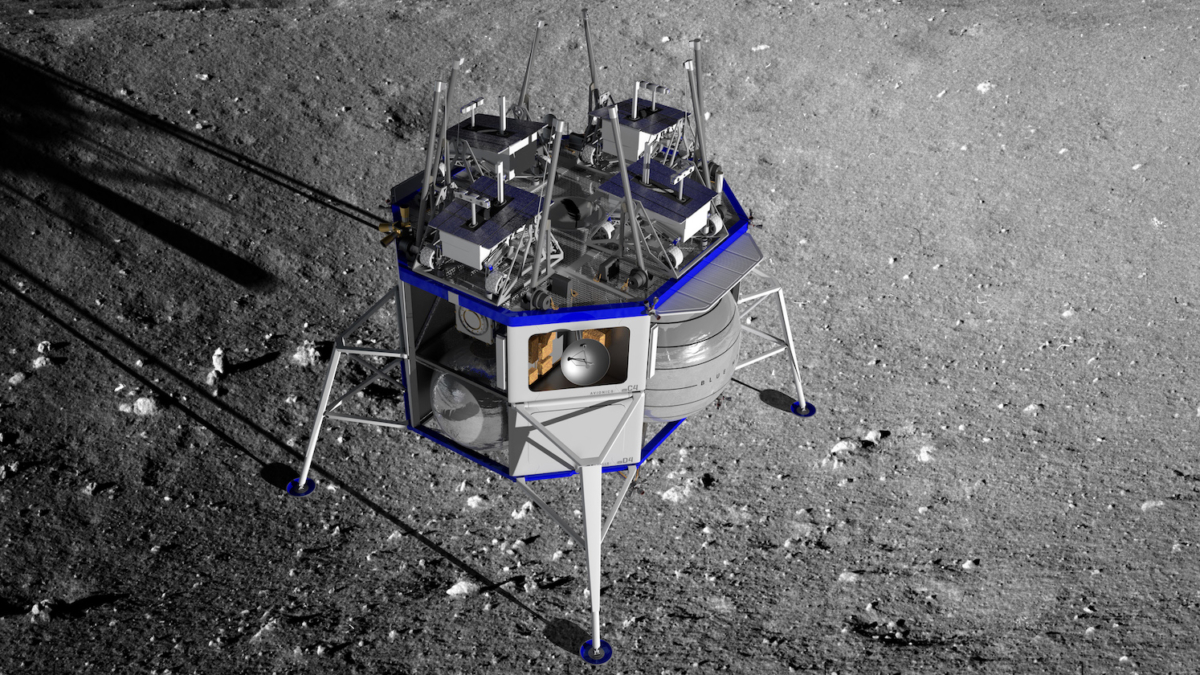
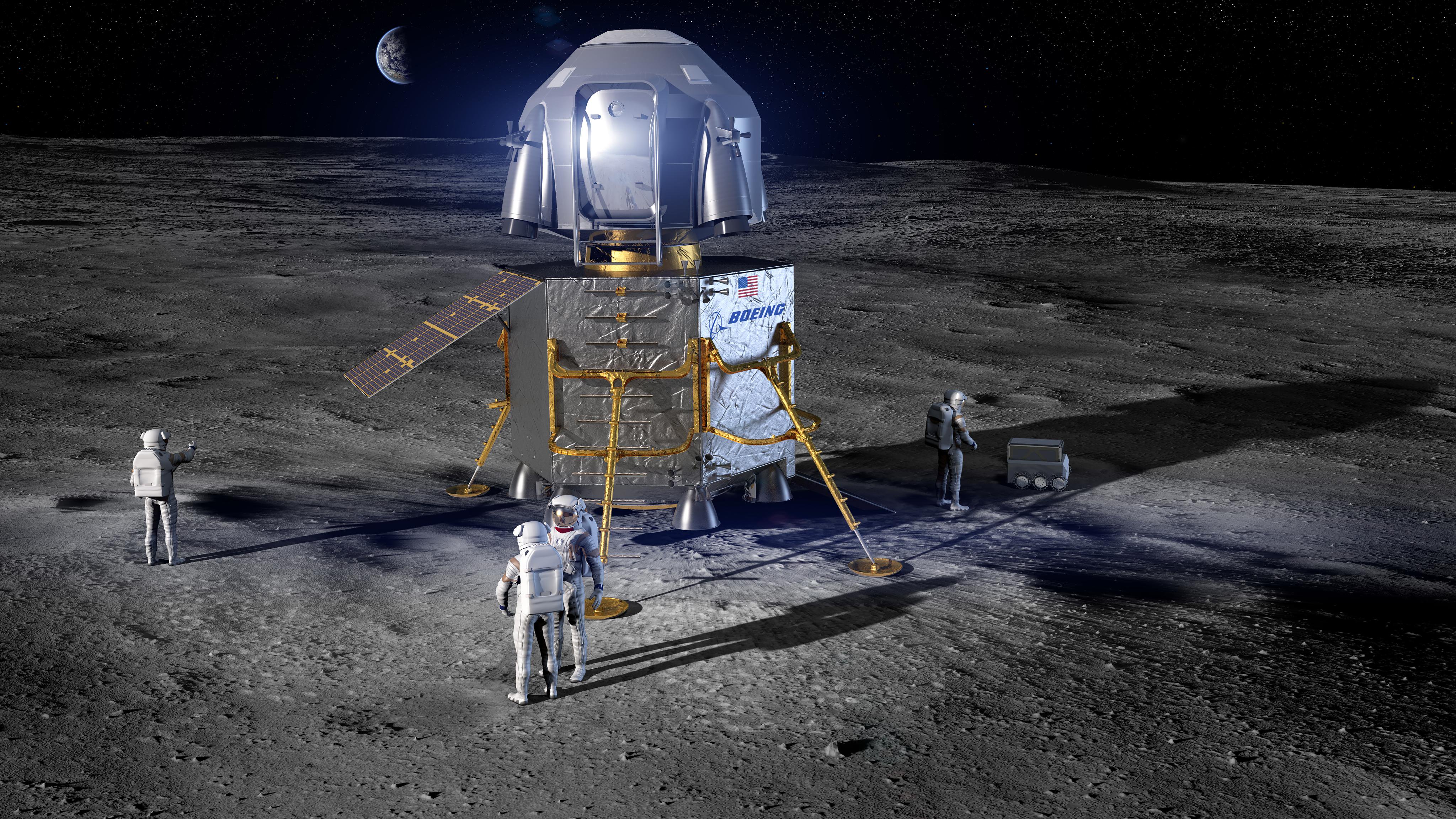
The agency solicited proposals for crew landers last fall, and so far Boeing and a team led by Blue Origin have revealed their ideas. Once NASA chooses which lander (or landers) it will use for the Artemis program, construction will begin at the agency's Marshall Space Flight Center in Huntsville, Alabama.
Meanwhile, Boeing is still working on building the first SLS rocket for Artemis 1, and NASA has requested that the company build at least 10 more SLS rockets for the entire Artemis program. With Artemis, NASA aims to build a sustainable human presence on the lunar surface after the landing in 2024.
- Moon 2024: NASA wants ideas for lunar spacesuit tech
- 'Artemis is here': VP Pence stresses importance of 2024 moon landing
- Watch NASA's SLS megarocket get ready for new US moon missions (video)
Email Hanneke Weitering at hweitering@space.com or follow her @hannekescience. Follow us on Twitter @Spacedotcom and on Facebook.

Join our Space Forums to keep talking space on the latest missions, night sky and more! And if you have a news tip, correction or comment, let us know at: community@space.com.

Hanneke Weitering is a multimedia journalist in the Pacific Northwest reporting on the future of aviation at FutureFlight.aero and Aviation International News and was previously the Editor for Spaceflight and Astronomy news here at Space.com. As an editor with over 10 years of experience in science journalism she has previously written for Scholastic Classroom Magazines, MedPage Today and The Joint Institute for Computational Sciences at Oak Ridge National Laboratory. After studying physics at the University of Tennessee in her hometown of Knoxville, she earned her graduate degree in Science, Health and Environmental Reporting (SHERP) from New York University. Hanneke joined the Space.com team in 2016 as a staff writer and producer, covering topics including spaceflight and astronomy. She currently lives in Seattle, home of the Space Needle, with her cat and two snakes. In her spare time, Hanneke enjoys exploring the Rocky Mountains, basking in nature and looking for dark skies to gaze at the cosmos.
-
Admiral Lagrange I think they're shooting themselves in the foot by not making these landers reusable. The SLS is going to be the most expensive part of Artemis not to mention it's HIGHLY TOXIC.Reply
It can't be sustainable if it's overpriced !
I guess we'll just have to rely on Elon Musk..:cool:









